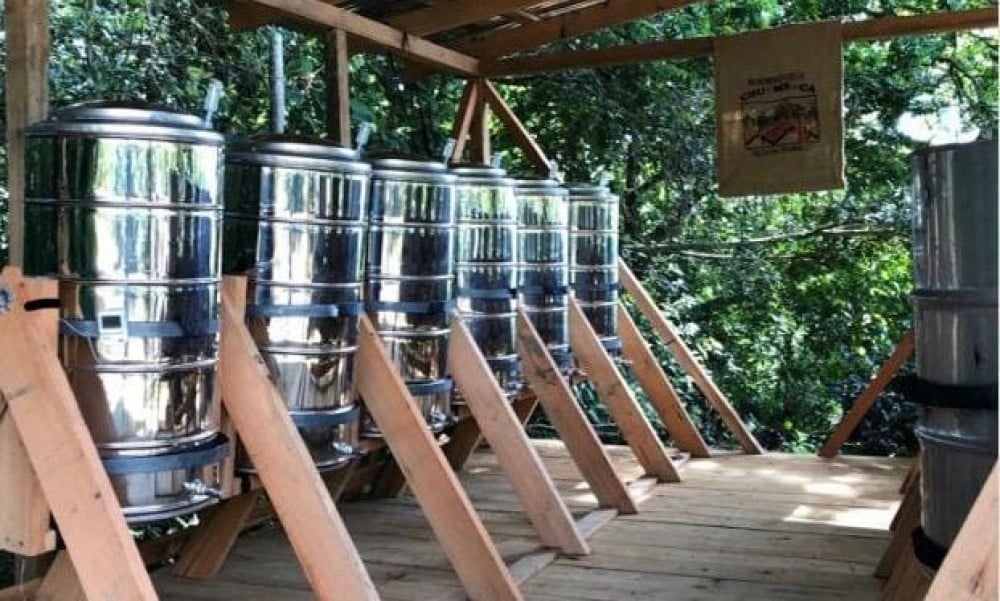
anaerobic fermentation
Fermentation Overview
Fermentation is an essential part of preparing many of the foods found in our daily lives, such as bread and yogurt. It relies on microorganisms feeding on the sugars in the prepared product, which in turn produces byproducts that give the product its familiar shape or taste.
In the world of coffee, and in coffee processing in particular, fermentation is an essential part of the process that gives coffee its distinctive flavor. It relies on bacteria and yeast—naturally present in the processing environment—feeding on the sugars in the gelatinous substance surrounding the coffee bean. This nutrition produces byproducts—such as organic acids—that are absorbed by the coffee bean. When roasted, they yield the distinctive flavors we seek in every experience. Of course, microorganisms lose their ability to survive during the final stages of coffee processing, specifically when the internal moisture of the coffee bean reaches approximately 11%.
fermentation in an anaerobic environment
All of this happens regardless of the processing method, so what's different about anaerobic fermentation? The oxygen-deprived environment of anaerobic fermentation has two main benefits. First, it slows the drying process, which creates flavors different from those produced by rapid fermentation under normal conditions. Second, this environment fosters a completely different environment for bacteria and yeast than those found in an oxygen-rich environment, resulting in different flavors in roasted coffee.
Where does the anaerobic coffee brewing stage come in?
This fermentation step typically comes first. When the coffee arrives at the processing plant, before the coffee cherries are removed from the coffee bean, it is fermented either in stainless steel tanks or dense plastic bags. There is a way to remove carbon dioxide without introducing oxygen, and the acidity level is closely monitored in an anaerobic environment. After the anaerobic fermentation stage is complete, the coffee can be processed using any of three common methods: washed, dried, or honey-cured.
The difference between anaerobic fermentation and carbon maceration
The distinction between the two types here is based on the conventions of each term, not on an actual difference in meaning. Typically, what we described above is referred to as carbon infusion, whereas if the fruit is removed and the gelatinous substance surrounding the coffee bean is collected and formed into a liquid in which the coffee bean is placed in an anaerobic environment, this is called anaerobic fermentation. For the purposes of this article, we use the term "anaerobic fermentation" to describe carbon infusion and anaerobic fermentation as they are commonly known.
Is coffee really different?
Anaerobic fermentation requires careful monitoring of the crop and extreme care from the coffee processor, so not all anaerobic-treated coffees will yield exceptional results. However, if the processing is successful and done correctly, the flavors are truly different. But don't just take our word for it. You can try our newest crop, Ethiopia Warka, which has been dried and previously processed in an anaerobic environment in dense plastic bags.
Adding flavors to the anaerobic environment
Experiments conducted by processing plants include adding various food items to the anaerobic fermentation medium (usually not used in carbonic infusion), such as spices or tropical fruits, in an attempt to impart new and different flavors to the coffee. Many people may oppose this idea, given its impact on the coffee itself and the region and country from which it originated. We share this viewpoint. For the time being, at least, you won't find us offering anaerobic-dried coffee with added flavors.

